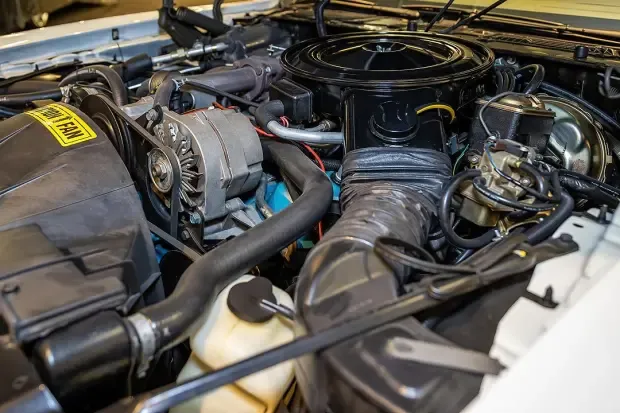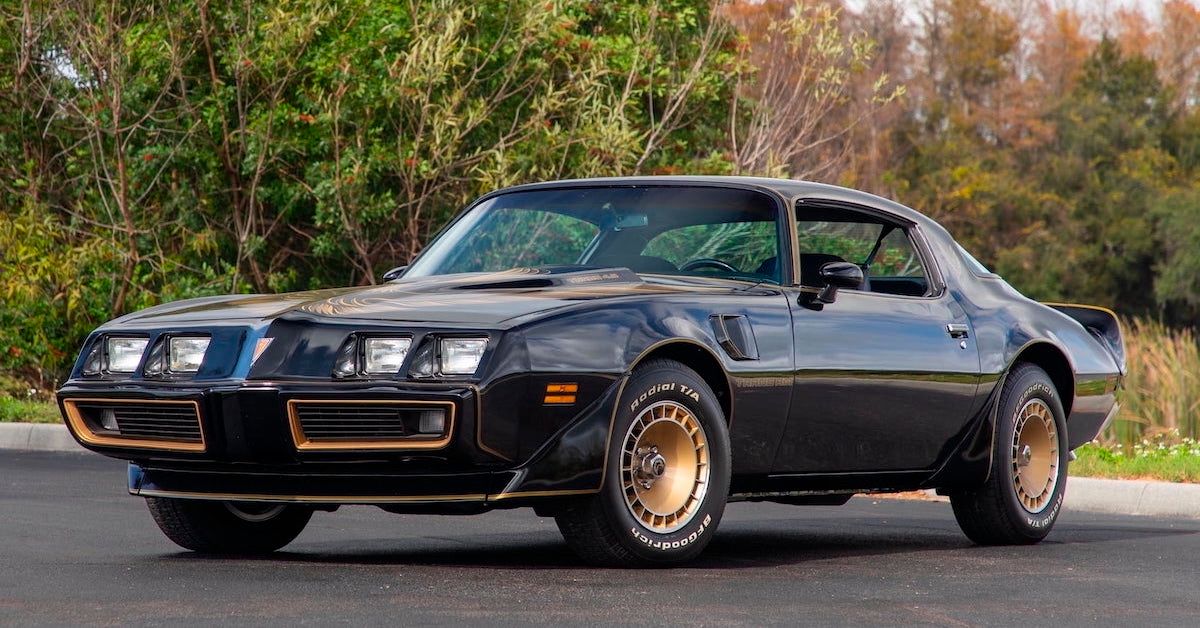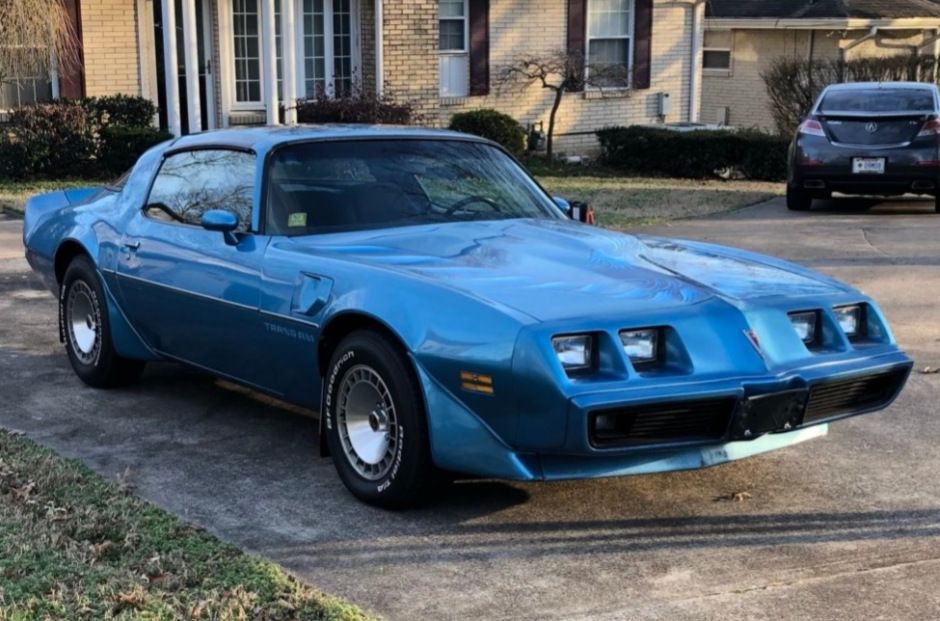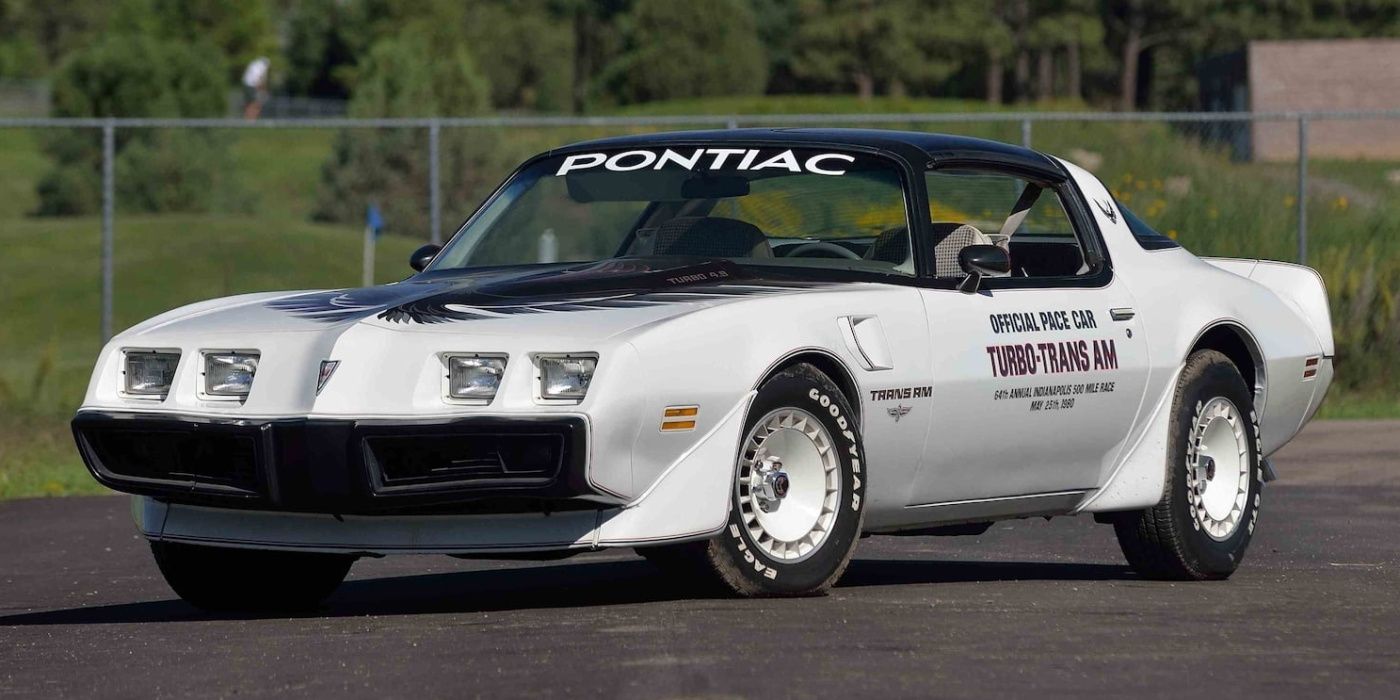1980 pontiac The Trans Am Turbo is a muscle car that has won the hearts and minds of many car enthusiasts. It's not just because it's rare, but because it's a good "performance" car in its own right. Pontiac made a limited run of his 1980 Trans Am Turbo. Only 6,000 of his were produced, of which only 5,900 were sold to the public. The rest were used for racing purposes and as promotional vehicles for various films.
The 1980 Pontiac Trans Am Turbo is no ordinary muscle car. In fact, it is a hybrid model of the first generation Firebird and the second generation Grand Prix. The car has a 210 horsepower turbocharged 301 cubic inch V8 engine. Created to celebrate Pontiac's success in NASCAR racing, it was also built as a race car for his Regal on the streets. Today, these cars are highly sought after by collectors due to their rarity and performance. In fact, some recent sales have resulted in big numbers and will continue to grow.
Pontiac had been successful with its large block V8 engines since the 1960s, but by 1979 rising fuel prices and stricter emissions regulations were causing problems for these larger engines. They needed something small and efficient enough to power big cars like Bonnevilles and Grand Prix. Pontiac's answer to his V-8 big block crisis in the 80's was a turbocharged version of the newly developed small block V-8. This made him one of the first cars to use forced intake via a turbo, and one of the few cars to do this with a carburetor at the time.
They fitted the Pontiac with a 9 psi Garrett TBO-305 turbocharger, boosting power from 135 to 180 hp. But to get there, Pontiac had to make some changes. They dropped the compression ratio from 8.1:1 to 7.6:1 and fitted the engine with a special version of the Rochester Quadrajet 4-barrel carburetor that uses an internal wastegate. The result is his 4.9-liter V-8 engine that produces 210 horsepower at 4,400 RPM and 365 lb.-ft. Combined with the automatic transmission (190 hp / 240 lb.-ft.), it produces (325 Nm) of torque at 4,400 rpm.
If you're looking for a muscle car to add to your collection and want something that stands out from the crowd, look no further than the 1980 Pontiac Trans Am Turbo. This was the last year Pontiac made this model, and it comes with some great features that make it stand out from all other cars on the road today.
80's styling has always been something unique and those who love muscle cars know how much they love this look. It was popular not only for 10 years, but also long after it ended, and now many people appreciate it again. With so many modern cars having a similar style, this is one way to set your vehicle apart from them all and make your vehicle stand out from the crowd. Very impressive considering how cheap it was compared to other sports cars from the 80's.
Smokey and the Bandit is a 1977 American action comedy film co-written, produced, directed and starring Burt Reynolds. The film was the first of his three collaborations with Reynolds and director Hal Needham. This inspired several similar films released around the same time, such as Smokey and the Bandit II (1980) and Smokey and the Bandit III (1983), in which Trans-Am was also one of his major stars.
The 1980 Pontiac Trans Am Turbo is a rare car. Not the most desirable model of the muscle car era, but unique in its own right. It's very rare that you can go to a used car dealership and not expect to find a car sitting there waiting for you.
Not only are old-school V8 muscle cars hard to find today, they've become even harder to find over time, as many of them have been destroyed or modified by their owners over time. when they were new models. In total, only 6,000 of him were ever produced. That's why these cars are so hard to find today. You can still see them on the street from time to time because some people keep them instead of selling them right.
Source: Mecum, Hoovies Garage, Bring a Trailer



